About Frame
Frame is an Ethereum Layer 2 (L2) solution designed to accelerate NFT adoption and improve the scalability of Ethereum-based decentralized applications (dApps), particularly those focused on NFTs. Frame leverages EVM-equivalence to maintain compatibility with existing Ethereum tools while optimizing for NFT-centric use cases. It provides cheaper gas fees and faster transaction speeds while still inheriting Ethereum’s robust security.

Key Features and Benefits of Frame:
- EVM-Equivalent Layer 2:
- Frame is fully EVM-equivalent, meaning it works seamlessly with Ethereum’s ecosystem and tooling. Developers can deploy existing Ethereum smart contracts directly on Frame without making any changes, ensuring compatibility with widely-used frameworks like MetaMask, Foundry, Hardhat, and others.
- This makes it easier for Ethereum developers to migrate or integrate with Frame without learning new tools or refactoring their contracts.
- NFT-Centric Focus:
- NFTs are first-class citizens on Frame. The platform is specifically optimized for NFT operations, ensuring safer, more scalable solutions for creating, trading, and interacting with NFTs. Key NFT features, such as delegation, canonical registry reads/writes, and contract account interactions, are all streamlined for better efficiency on Frame’s custom execution client.
- By focusing on NFTs, Frame enhances the user experience, making it easier for developers and creators to build on Ethereum without worrying about scaling issues typically associated with high-demand NFT use cases.
- Cheaper Gas Fees and Faster Transactions:
- One of the key advantages of using Frame is the lower gas fees compared to Ethereum Layer 1 (L1). As an Ethereum Layer 2, Frame can handle transactions off-chain, reducing congestion on the main Ethereum chain and significantly lowering transaction costs. This makes it a more cost-effective environment for developers and users.
- In addition to cheaper fees, Frame offers faster transaction speeds, improving the overall experience for users, particularly in high-volume NFT activities like minting, bidding, and trading.
- Ethereum Security:
- Frame retains Ethereum’s security guarantees, which are essential for developers and creators who want to ensure the trust and integrity of their applications and assets. While it operates on Layer 2, Frame inherits the security of Ethereum, offering a robust solution for scaling without sacrificing decentralization or trustlessness.
- NFT Royalties Enforcement:
- For creators and artists, Frame offers a simplified and enforced royalty structure through Palette Protocol, Frame’s built-in protocol for NFT liquidity. This ensures that creators can receive ongoing revenue from secondary market sales, protecting their rights and incentivizing continued engagement in the ecosystem.
- Palette Protocol enforces royalties on NFTs, making it easier for creators to ensure that they earn fair compensation as their work is traded.
- Sequencer Fees and the Creator Fund:
- Frame provides a portion of the sequencer fees (the fees collected by the network for processing transactions) to a Frame Creator Fund. This fund will be used to support creators, incentivize high-quality NFT projects, and promote the growth of the Frame ecosystem. Although details about the fund are still to be revealed, this model suggests a strong commitment to supporting the developer and creator communities.
How Frame Supports NFT Ecosystem Growth:
- Improved Scalability for NFT Projects:
- Frame’s infrastructure is designed to handle the unique scalability needs of the NFT ecosystem. With NFT-related activities often causing high transaction volumes (e.g., minting large collections, frequent trades), Frame provides a scalable solution that helps reduce congestion and lowers fees for users and creators.
- Simplified Development for NFT Projects:
- Developers can continue to use familiar Ethereum tools like MetaMask, Hardhat, and Foundry when working with Frame. This reduces the learning curve and makes the transition to building on Layer 2 much easier.
- NFTs built on Frame benefit from the platform’s NFT-first design, ensuring better performance, lower costs, and enhanced security for high-volume NFT operations.
- Creating a Sustainable NFT Ecosystem:
- By enforcing royalties via Palette Protocol, Frame ensures that NFT creators receive fair compensation, which encourages more artists, brands, and creators to enter the NFT space. This also addresses some of the concerns about royalty enforcement and creator rights that have been challenges on other platforms.
- The Creator Fund, funded by a portion of the sequencer fees, further incentivizes creators by giving them direct access to resources and support from the Frame ecosystem, creating a sustainable environment for NFT growth.
- Interoperability:
- Frame supports the interoperability of NFTs and applications across the Ethereum ecosystem. Since Frame is EVM-compatible, it allows NFTs to interact with other Ethereum-based applications and platforms, creating a connected ecosystem for NFTs, DeFi, and other decentralized applications.
Why Frame Matters for NFT Creators:
For NFT creators, Frame offers a suite of features that enhance both the experience of building NFTs and interacting with their communities. Key benefits for creators include:
- Lower transaction costs: With reduced gas fees on Layer 2, creators can mint and sell NFTs with more affordable fees.
- Royalties enforcement: Frame’s integration with Palette Protocol ensures that creators are compensated for every secondary sale of their NFTs, promoting long-term sustainability in the creator economy.
- Scalable and secure: Frame’s ability to scale without compromising security ensures that large NFT projects, particularly those with high volumes of transactions, can be supported in a cost-efficient way.
Key Takeaways:
- Frame is a Layer 2 solution that aims to make Ethereum more scalable and accessible for NFT projects by reducing gas fees and transaction times, while retaining Ethereum’s security guarantees.
- Frame supports EVM-equivalent smart contracts, making it easy for developers to migrate or build on the platform using existing Ethereum tools.
- By focusing on NFT-first design, Frame enables creators and developers to work more efficiently, offering simplified royalty enforcement and better NFT liquidity through Palette Protocol.
- Frame also supports a creator fund, rewarding creators with a share of the sequencer fees to foster a sustainable ecosystem for NFT creators.
In summary, Frame is designed to be an NFT-centric Layer 2 that addresses some of the key scalability and usability issues faced by Ethereum, making it a more accessible platform for developers and creators focused on NFTs. By improving scalability, reducing costs, and enforcing royalties, Frame aims to play a significant role in the long-term growth of the NFT space within the Ethereum ecosystem.

Switch to Frame network to complete the quest and claim your badge.

The testnet explorer is where you go to see everything Frame, on-chain.


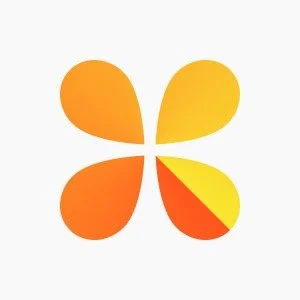











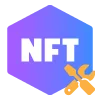
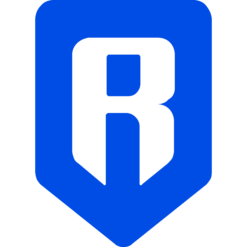
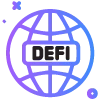

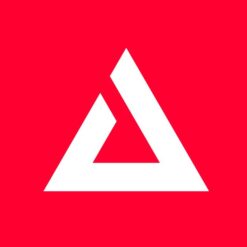
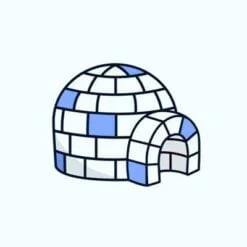

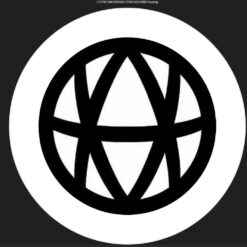


Harran –
GOOD
Eyad –
good
michael nequinto –
Good !